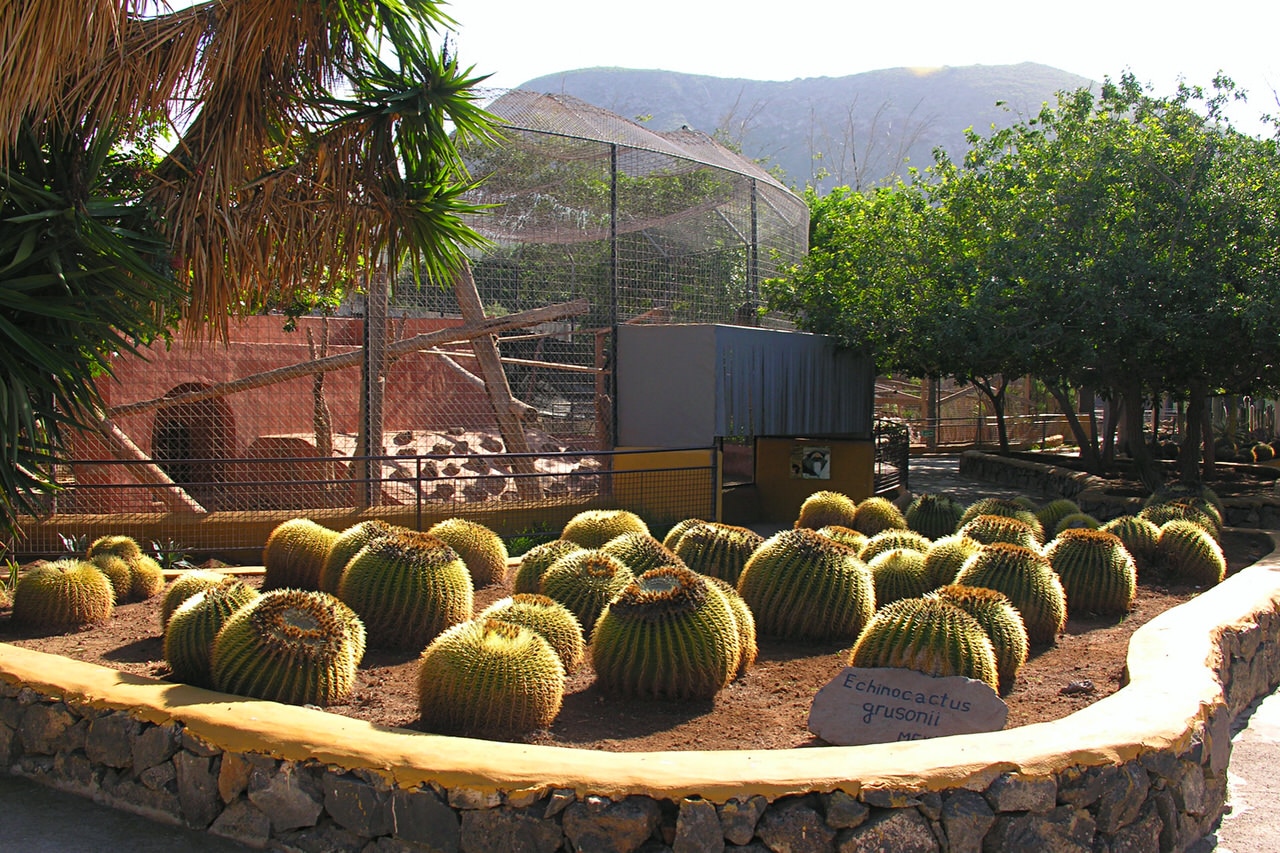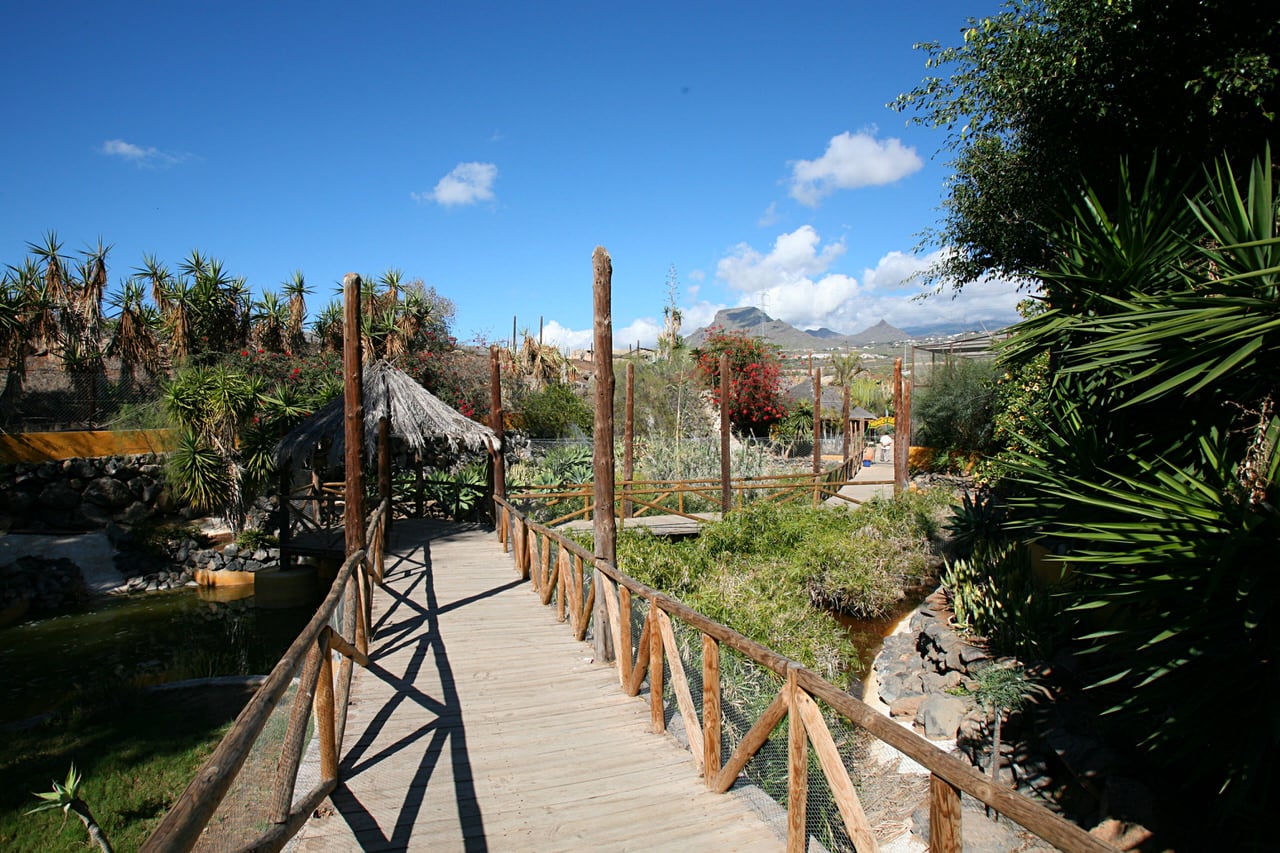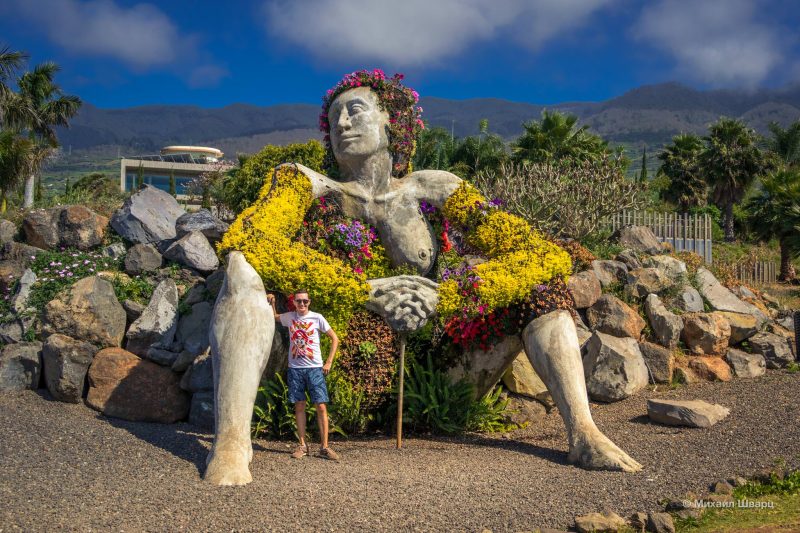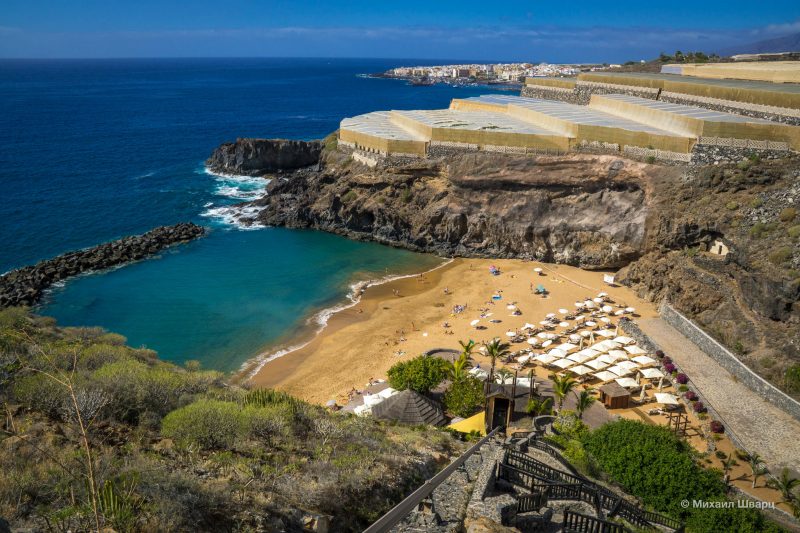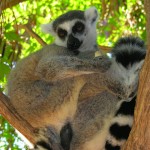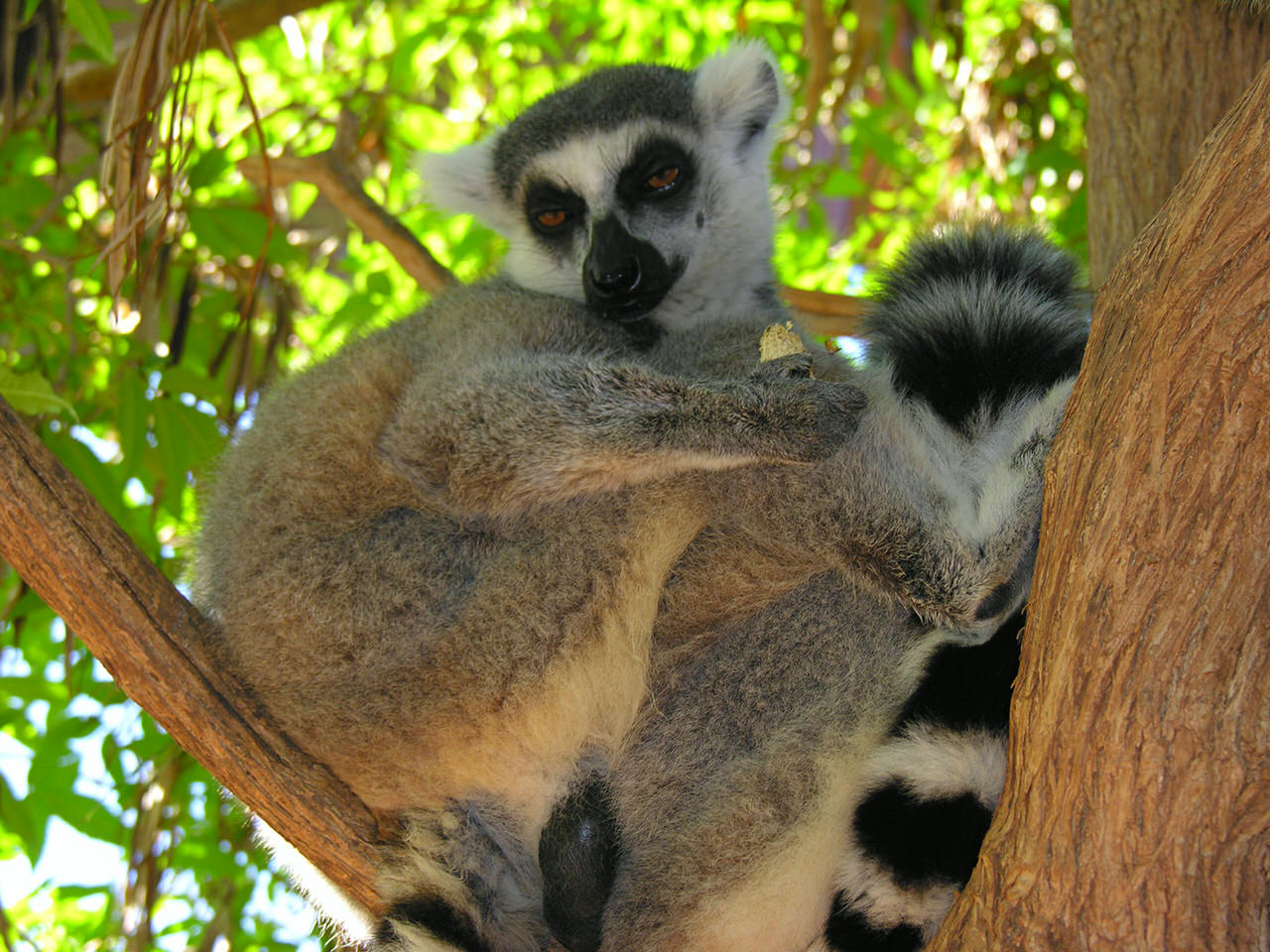
How to Get There by Bus, Taxi, or Car
There are multiple ways to reach the Monkey Park in Canary Islands, ensuring convenience for every traveler.
The park is located near Los Cristianos. There is no bus to the park, so you will have to get there on your own. If you don’t have a car, you can only take a cab.
However, if you prefer a more private and swift journey, hiring a taxi is the way to go. Although slightly pricier, the comfort and ease of direct transportation make it worth the cost. Alternatively, if you have your vehicle, you can navigate your way with GPS or a good old-fashioned map. Parking facilities are available on-site.
It takes 30 minutes to walk from Los Cristianos to Los Cristianos..
Opening Hours
Before you plan your visit, it’s important to take note of the park’s opening times. The Monkey Park in Tenerife opens its doors to visitors every day of the week from 9:30 am to 5:00 pm. This allows you ample time to explore and engage with the various animals inhabiting the park.
The territory of the park is decorated with landscape compositions in ethnic style – with fences made of rough stone, wooden fences and a board bridge; with a mini river for a crocodile. The fences and bars are camouflaged with lush greenery. Cacti, molochai, palm and dracaena trees and other exotic trees grow around.
Ticket Price
For the experience it offers, the Monkey Park’s admission price is quite reasonable. Adults can gain entry for €10, while the price for children between the ages of 5 and 10 is €5. Children under five enter for free, making it an affordable outing for families. An extra 3 Euros for animal food, you can have an adventure of a lifetime. If you find yourself with a few hours to spare, this place offers more than enough excitement to fill your time!
Animals at the Monkey Park
A visit to the Monkey Park offers an opportunity to observe a variety of exotic animals up close. Cross the bridge into Monkey Park, and you’ll find yourself in beautifully maintained garden areas, offering lots of shade as you explore. It’s not just a sanctuary for monkeys, though! It’s a home for many species of birds too, making it a birdwatcher’s paradise. And don’t forget to snap a souvenir photo with the resident parrots!
Although the monkeys are in cages, you can get in contact with other animals. For example, you should definitely see: lemurs, guinea pigs, varanas, turtles.
- Lemurs – Native to Madagascar, lemurs are a delight to observe, with their large eyes, distinctive tails, and playful demeanor.
- Gibbons – With their long arms and their agile nature, gibbons are truly a spectacle in action. They are a testament to the beauty and versatility of nature.
- Golden Lion Tamarin – Sporting a vibrant golden coat and an expressive face, the golden lion tamarin is a must-see creature at the park.
- Toco Toucan – Known for their large, colorful beaks, the toco toucans add a splash of color and intrigue to the park.
- Macaw Parrots – Their flamboyant plumage and high-pitched calls give the park a truly tropical feel.
- Drill Monkey – This primate species, known for their intriguing social behavior, offers insight into the intricacies of primate social dynamics.
- Squirrel Monkey – These petite monkeys with their quick movements and curious nature, provide visitors with entertainment and joy.
- A Chirpy Affair: Birds at Monkey Park
Monkey Park is not just about primates; it’s a world teeming with feathered creatures that add an undeniable charm to the park’s ambiance. Here, you’ll encounter an array of birds, each more beautiful and unique than the last.
From the bright plumage of the Macaw parrots to the unforgettable sight of the Toco Toucan with its vibrant, oversized beak, you’ll be treated to a riot of colors and sounds. These birds come from various habitats, bringing a slice of their native environment to the park. Their melodious chirping forms the park’s soundtrack, lending a sense of peace and tranquility to your visit.
The Mystique of Exotic Birds
Exotic birds form a significant part of Monkey Park’s appeal, adding a flair of the extraordinary with their vivid colors and unique behaviors. These birds, sourced from various parts of the globe, provide visitors a glimpse into the biodiversity of our world.
From the lively chatter of parrots to the flamboyant dance of peacocks, the exotic bird species housed here bring life, color, and melody to the park. Watching them glide through the air or listening to their harmonious symphonies will undoubtedly be a highlight of your visit.
Reptilian Wonders
The Monkey Park is home not only to primates and birds but also a fascinating variety of reptiles. These cold-blooded creatures are as captivating as they are intriguing. From turtles leisurely pacing around to iguanas basking in the sun, there’s a lot to observe and learn about these species’ lifestyles and habits.
These creatures, with their distinctive scales and fascinating eyes, add another dimension to the biodiversity within Monkey Park. They offer visitors the opportunity to appreciate the varied beauty and adaptability of life on earth.
Endangered Species and Their Conservation
Monkey Park in Tenerife also plays a crucial role in the conservation of endangered species. Through their efforts, the park aids in the preservation of several species that are dwindling in the wild. It’s not just about displaying these animals, but also about raising awareness of their plight.
By visiting Monkey Park, you indirectly contribute to the cause of wildlife conservation. It is a meaningful and profound way to support the protection and preservation of these unique species for future generations.
Breeding Initiatives at Monkey Park
One of the critical endeavors undertaken by Monkey Park is their breeding program. This initiative ensures the continuation of endangered species and contributes to the global effort of maintaining biodiversity.
Through the breeding program, Monkey Park has successfully increased the population of several endangered species within their care. This not only helps maintain a healthy and diverse gene pool but also offers hope for the future of these animals. It’s a testament to the park’s commitment to wildlife conservation and a reminder to visitors about the importance of these efforts in preserving our planet’s extraordinary wildlife.
Feeding the Animals
An unforgettable experience at the Monkey Park is the opportunity to feed the animals. This gives you a rare chance to interact with them up-close, observe their behaviors, and form unforgettable memories.
Tips for Visiting Monkey Park
To make your visit to Monkey Park more enriching and hassle-free, here are some tips:
- Always respect the animals and their space.
- Try to visit early in the morning for a more intimate experience.
- Don’t forget to bring a camera to capture the unforgettable moments.
- Remember to bring snacks and water for yourself.
- Lastly, enjoy every moment!
In conclusion, Monkey Park in Tenerife is more than just a visit to a zoo. It’s a place where you can be one with nature, learn about different species, and understand their behavior while enjoying the beautiful surroundings. From watching the lemurs’ playful antics to feeding the squirrel monkeys, each moment spent here is sure to be an unforgettable one.
A Close Encounter with Different Monkey Species
Monkey Park hosts a variety of monkey breeds, each with its unique traits. Some you can feed, and some you cannot. But worry not, the park offers detailed information about each breed at every stop point, making the experience not just fun, but educational as well!
One of the exciting parts is feeding the monkeys. With the food, they provide you (Hint: they love veggies!), you get a chance to observe their preferences and behaviors. The best part? You get to feed them manually, an interaction that’s both thrilling and endearing.
Despite the natural aversion towards caged animals, these spirited fellows seem content and happy, with their day filled with plenty of food and interaction with visitors.
Beyond Monkeys: Birds and Guinea Pigs
In Monkey Park, the fun doesn’t stop with the monkeys! There’s a unique area filled with guinea pigs that you can feed manually. It’s so popular, Dave humorously suggests renaming it “Guinea Pig Park”. Their soft, furry bodies and their love for food make them a hit among visitors.
Q&A
What’s the best time to visit Monkey Park?
The best time to visit Monkey Park is during the morning hours, when the animals are most active and the crowd is smaller
Can I bring my food to feed the animals?
No, it’s recommended to use the food provided by the park to ensure the animals’ diet is maintained.
Is Monkey Park suitable for kids?
Yes, Monkey Park is a great place for kids. It’s educational, fun, and the price for children is very reasonable
What should I bring to Monkey Park?
Bring a camera to capture the unforgettable moments, snacks, and water for yourself, and comfortable walking shoes
How long should I plan to stay at Monkey Park?
Plan for at least 3–4 hours to fully enjoy everything Monkey Park has to offer.
The Verdict
So, is Monkey Park worth a visit? Absolutely! For the price, the variety of animals, and the opportunity to interact closely with them, it’s a sure-fire hit for families and anyone looking to spend a couple of fun-filled hours. So next time you’re in Tenerife, make sure Monkey Park is on your itinerary. From us and the adorable guinea pigs at Monkey Park, we bid you farewell until our next adventure! Don’t forget to stay curious, explorers!


